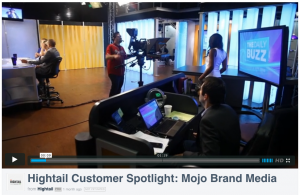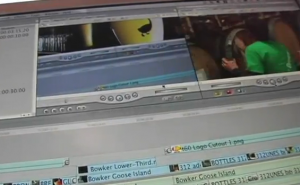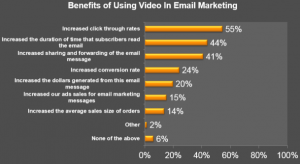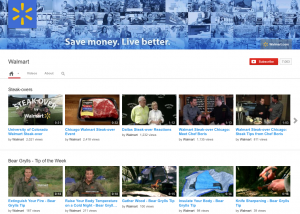Loading Speed Critical To Video Content
Posted on August 27th, 2013 | Leave a Comment I found a company producing a ton of video content. The videos are well-produced, tell pretty good stories and are posted on a frequent basis. The only problem is something marketers, PR pros and business leaders need to know about.
I found a company producing a ton of video content. The videos are well-produced, tell pretty good stories and are posted on a frequent basis. The only problem is something marketers, PR pros and business leaders need to know about.
If nobody sees your videos, they’ll never matter.
Video content case study
I discovered Schneider Electric recently. It’s a company producing green energy solutions. They have a pretty impressive rundown of videos and by all accounts, they’re doing things right. The company is producing lots of videos, they’re featured prominently at the website and they’re being shared via social media.
Nicely done. That’s exactly how you want to do it folks.
However, I do have one issue. The videos posted at the company website load soooo slowly. I logged on using three different computers just to do a comparison, and in all three cases many videos took about 30-seconds before they started playing.
That’s a HUGE deal. You know why? People’s patience for online videos starting to load is apparently 2-seconds. 2-seconds!!! That’s according to a study by the University of Massachusetts Amherst and Akamai Technologies.
Why your videos might not play
Producing a great video is only part of the process. You also have to figure out how you’re going to host it. There are several platforms, both free and subscription-based. YouTube and Vimeo are the big boys, but you do give-up a bit of control when you use them. The big advantage, certainly with YouTube, is that you get SEO value in return. The videos also load and play quickly.
Now, a bunch of things factor into how well a video plays. The hosting platform, size of the file, speed of the users’ computers, speed of their internet access… etc.
I have no idea why I had a problem with Schneider Electric, and I hope I’m the exception. The key takeaway is to be aware of these issues. Talk about them with your video producer and web manager. Make sure there are as few obstacles as possible for viewers to see your video content.
–Tony Gnau
Tony Gnau is a three-time Emmy-winning journalist. He is also the founder and chief storytelling officer at T60 Productions. T60 has won 11 Telly Awards for its work over the last eight years.









